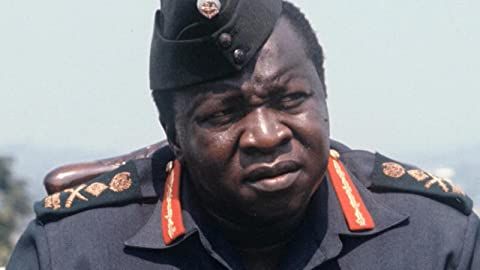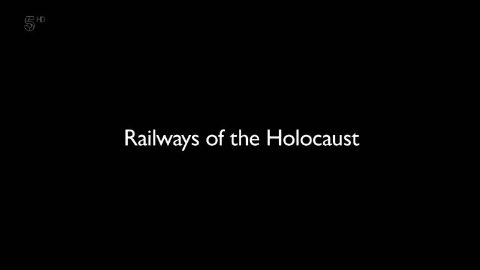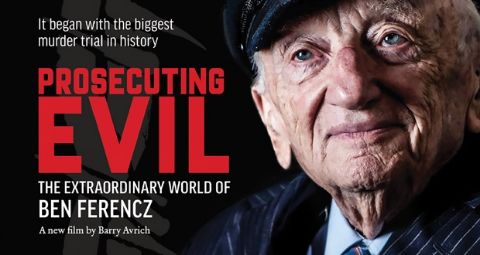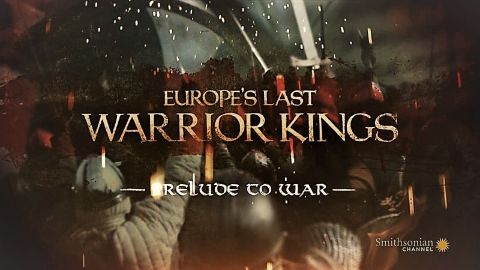Samurai: Miyamoto Musashi • 2009
In the History Channel Samurai – Miyamoto Musashi, Mark Dacascos, 8th dan Wun Hop Kuen Do expert, and martial arts movie actor, travels to Japan to trace the footsteps of the ultimate samurai warrior Miyamoto Musashi. They were the most lethal swordsmen who ever lived, an elite warrior class who held the reigns of power in Japan for more than 700 years. Among this group of powerful fighters, one man stood out above all the rest, Miyamoto Musashi. Originally the samurai's job was to serve the emperor, much the same way the legendary Knights of the Round Table were meant to serve King Arthur. The life of the Samurai changed when the country was in transition from one Shogun to another.
Make a donation
Buy a brother a hot coffee? Or a cold beer?
Hope you're finding these documentaries fascinating and eye-opening. It's just me, working hard behind the scenes to bring you this enriching content.
Running and maintaining a website like this takes time and resources. That's why I'm reaching out to you. If you appreciate what I do and would like to support my efforts, would you consider "buying me a coffee"?
Donation addresses
BTC: bc1q8ldskxh4x9qnddhcrgcun8rtvddeldm2a07r2v
ETH: 0x5CCAAA1afc5c5D814129d99277dDb5A979672116
With your donation through , you can show your appreciation and help me keep this project going. Every contribution, no matter how small, makes a significant impact. It goes directly towards covering server costs.





